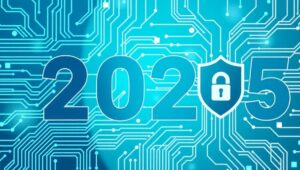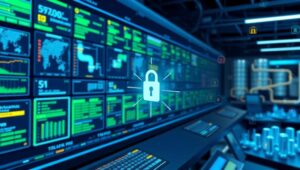May 28, 2025
Firmware Security for IoT and Embedded Devices (2025 Focus)
Firmware Security for IoT and Embedded Devices: A 2025 Focus The landscape of IoT (Internet of Things) and embedded devices is rapidly expanding, bringing unprecedented connectivity and automation to various sectors, from consumer electronics to industrial control systems. However, this growth also introduces significant security challenges, particularly concerning firmware. As we move towards 2025, understanding and addressing these challenges becomes paramount to ensuring the safety, reliability, and trustworthiness of these devices. What is Firmware and Why is it a Target? Firmware is the software embedded within hardware devices that controls their basic functions. Unlike traditional software, firmware is deeply integrated












